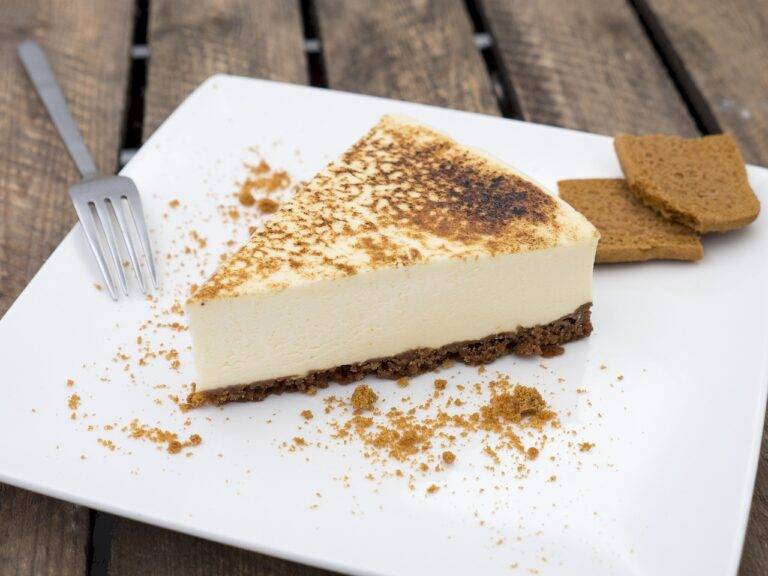The Importance of Proper Attic Insulation: Energy Efficiency and Comfort in Your Home
Proper attic insulation plays a crucial role in maintaining a comfortable and energy-efficient home environment. Without adequate insulation, your home is prone to losing heat during the winter and gaining heat during the summer, leading to increased energy consumption and higher utility bills. By ensuring that your attic has effective insulation, you can minimize these energy losses and create a more sustainable living space for you and your family.
In addition to reducing energy costs, proper attic insulation also helps to regulate the temperature inside your home, making it more comfortable year-round. During the cold winter months, insulation helps to trap heat inside your home, keeping you warm and cozy. Similarly, in the summer, insulation acts as a barrier against the heat, preventing it from seeping into your living spaces and allowing your air conditioning system to work more efficiently. Ultimately, investing in proper attic insulation is essential for creating a comfortable, cost-effective, and environmentally friendly home.
Signs Your Attic Insulation Needs to be Replaced
When inspecting your home, be mindful of any sudden changes in temperature or drafts. These could indicate issues with your attic insulation, which might need to be replaced. Another sign to look out for is an increase in your energy bills without any obvious explanation, as this could be a result of poor insulation causing your heating or cooling systems to work harder than necessary.
Common Types of Attic Insulation Materials
Fiberglass insulation is one of the most common types used in attics. It is made of tiny glass fibers and comes in either batt or loose-fill form. Fiberglass insulation is effective in preventing heat loss and is relatively easy to install.
Cellulose insulation is another popular choice for attics. It is made from recycled paper materials treated with fire-retardant chemicals. Cellulose insulation is known for its eco-friendly properties and excellent thermal performance. It is often blown or sprayed into attics to provide a seamless layer of protection against heat transfer.





